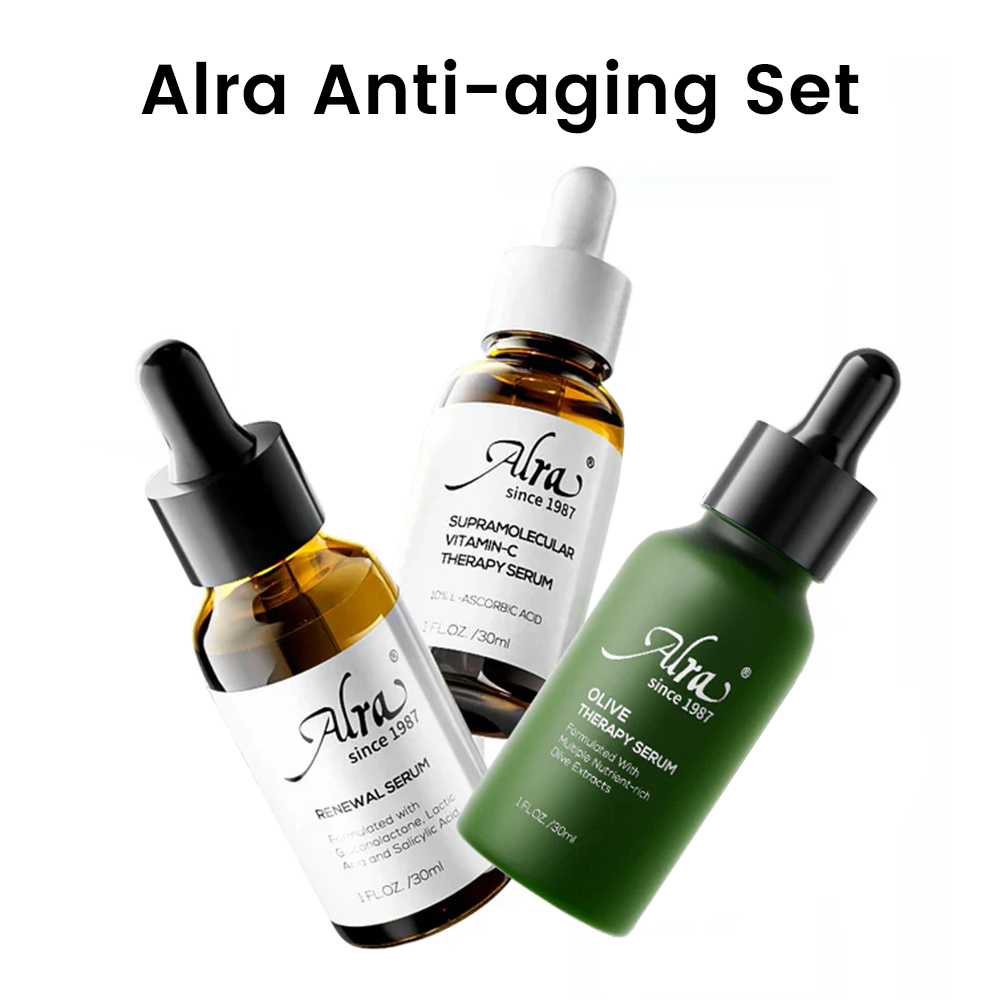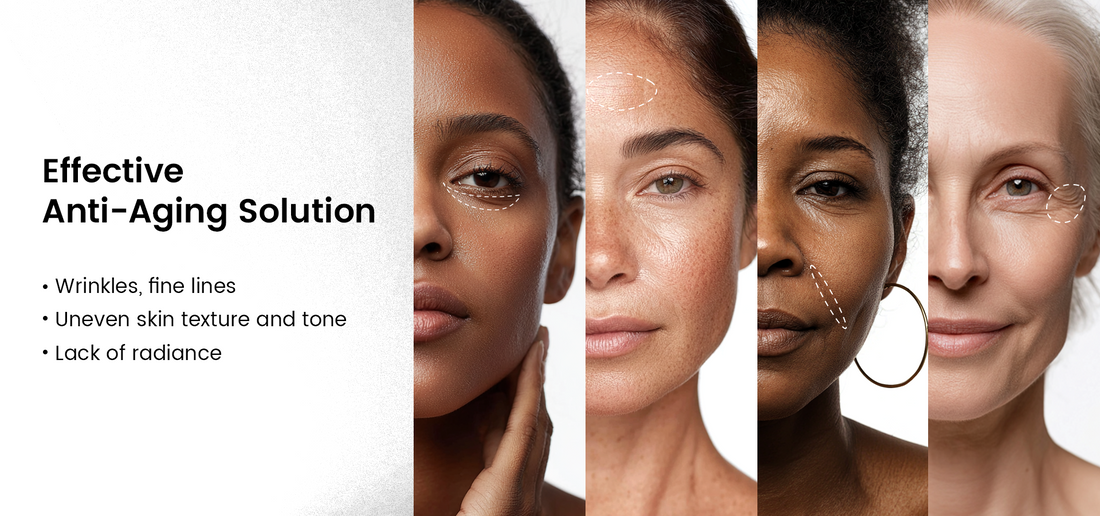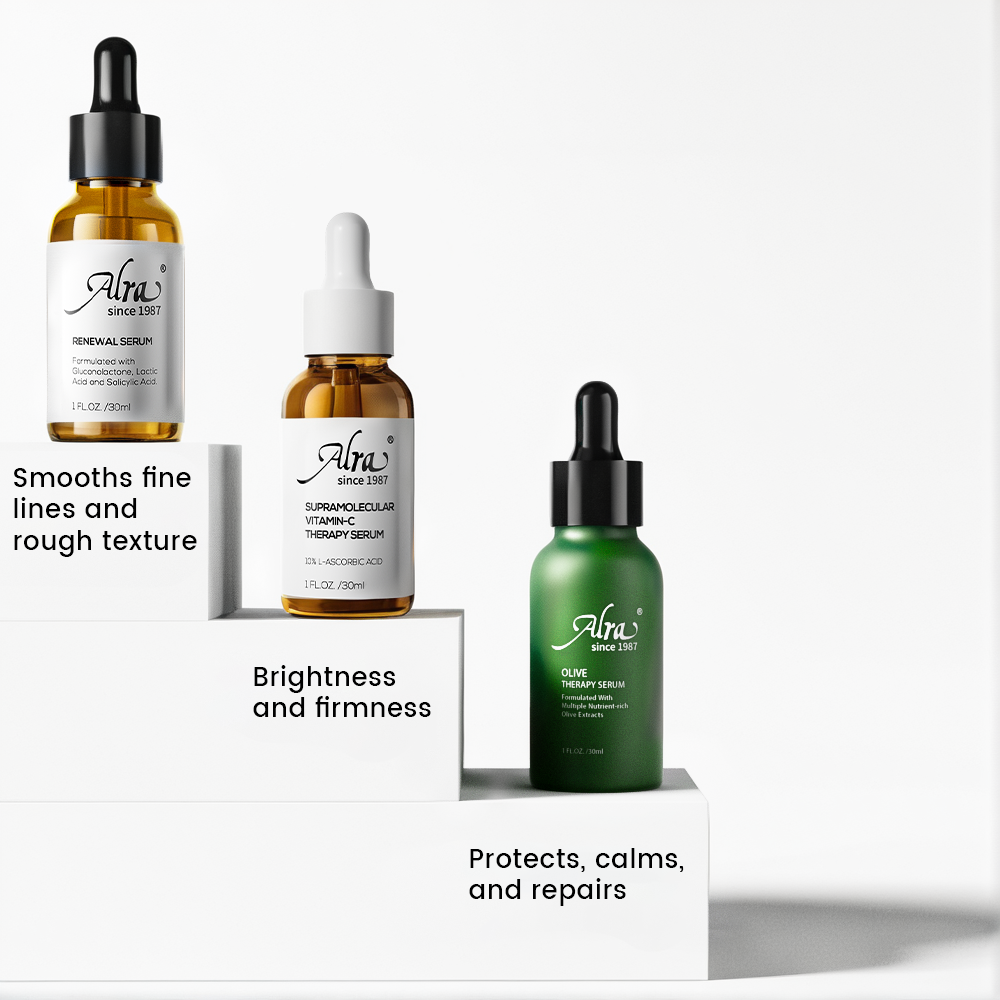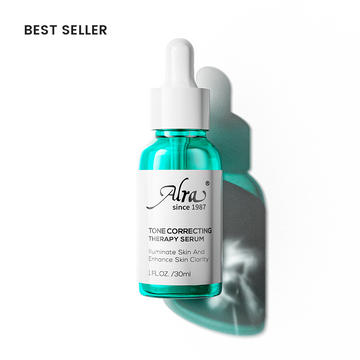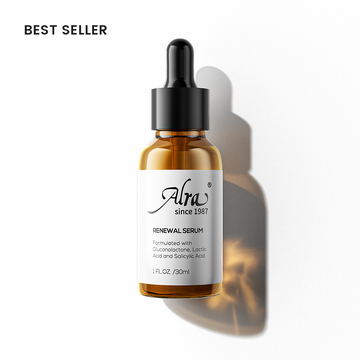Ever been told you can’t mix niacinamide with acids?
If you’ve spent time on skincare TikTok or Reddit, you’ve probably heard warnings like “Don’t use niacinamide and acids together!” or “They’ll cancel each other out!”
The truth? That advice is outdated. Modern formulations and better understanding of skin chemistry show that niacinamide and acids can absolutely work together, and you just have to know how. When paired correctly, they can target dark spots, acne, dullness, and fine lines more effectively than either ingredient alone.
Here’s what you need to know.
First, What Exactly is Niacinamide?
Niacinamide is a form of vitamin B3, one of the most studied and versatile skincare ingredients. Dermatologists recommend it for almost every skin type because it addresses multiple concerns without causing irritation.
Key Benefits of Niacinamide
-
Fades Dark Spots: Prevents excess pigment from reaching the skin’s surface, reducing hyperpigmentation over time.
-
Strengthens the Skin Barrier: Boosts ceramide production, helping skin stay hydrated and resilient.
-
Calms Redness: Reduces inflammation and blotchiness, making it great for acne-prone or stressed skin.
-
Controls Oil: Balances sebum production, minimizing shine and clogged pores.
-
Supports Anti-Aging: Softens fine lines and improves elasticity by supporting collagen and overall skin health.
In other words, niacinamide is a multitasker: brightening, calming, and strengthening all at once.
What Do We Mean by “Acids” in Skincare?
“Acids” can sound intimidating, but in skincare they’re a huge category of active ingredients known for exfoliating, brightening, and unclogging pores. Each acid works differently, so knowing their strengths (and limitations) is key.
The Most Popular Acids in Skincare
1. Alpha Hydroxy Acids (AHAs)
Examples: Glycolic acid, lactic acid, mandelic acid
-
What they do: AHAs work on the skin’s surface to dissolve dead skin cells, revealing smoother, brighter skin underneath.
-
Best for: Dullness, uneven tone, and fine lines.
-
Key note: Glycolic is the strongest; lactic and mandelic are gentler, making them better for sensitive skin.
2. Beta Hydroxy Acid (BHA)
Example: Salicylic acid
-
What it does: BHA penetrates deep into pores to break down oil and debris, making it a top choice for acne-prone or oily skin.
-
Best for: Blackheads, clogged pores, excess oil.
-
Key note: It’s also anti-inflammatory, so it calms redness caused by breakouts.
3. Polyhydroxy Acids (PHAs)
Examples: Gluconolactone, lactobionic acid
-
What they do: PHAs provide very gentle exfoliation while also hydrating the skin.
-
Best for: Sensitive or compromised skin that can’t tolerate stronger acids.
-
Key note: They also act as antioxidants, offering extra protection against free radicals.
4. Ascorbic Acid (Vitamin C)
-
What it does: A powerful antioxidant that brightens, fades hyperpigmentation, and stimulates collagen production.
-
Best for: Uneven tone, sun damage, fine lines.
-
Key note: Works best in the morning under sunscreen for added UV protection.
5. Azelaic Acid
-
What it does: Reduces redness, lightens post-acne marks, and has antibacterial properties.
-
Best for: Acne, rosacea, and pigmentation issues.
-
Key note: Gentle enough for sensitive skin, often used in prescription-strength formulas.
Can You Use Niacinamide and Acids Together?
The Old Myth
For years, people believed niacinamide and acids should never be layered. The fear was that acidic formulas would convert niacinamide into niacin, causing skin flushing and irritation. This idea came from
older studies using extremely low pH and high heat conditions, nothing like what happens on your face.
The Truth Now
-
Acids exfoliate and clear the path so skin can absorb niacinamide better.
-
Niacinamide soothes and strengthens skin, reducing irritation sometimes caused by acids.
How to Use Them Together Safely
1. Layer in the Right Order
- Apply water-based products first (often acids like glycolic or salicylic serums), then follow with niacinamide serums or moisturizers.
2. Start Slow
- Introduce one new product at a time. Use acids 2–3 times per week at first, then add niacinamide daily.
3. Alternate if Needed
- If your skin is sensitive, use acids at night and niacinamide in the morning, or alternate nights.
4. Moisturize and Protect
- Acids can increase sun sensitivity, so daily sunscreen is non-negotiable.
5. Watch for Irritation
- Mild tingling is normal with acids, but persistent redness or stinging means scale back frequency or concentration.
Why Pairing Them Works
Think of acids as prepping the canvas: they sweep away dead cells and clear out pores. Niacinamide then rebuilds and balances, strengthening the barrier, calms inflammation, and evens tone. Together, they create a routine that’s brightening, smoothing, and protective, all in one.
Where Alra Fits In
If you’re looking for products that already get this balance right, Alra has two serums designed to work beautifully in routines that include acids.
Formulated with 3% niacinamide and 3% tranexamic acid, this serum targets discoloration and uneven tone at multiple stages of pigment formation. It pairs easily with exfoliating acids, calming and balancing skin while enhancing brightening results.
This formula combines the best of three acid types: AHAs to smooth, PHAs to gently hydrate and exfoliate, and BHAs to clear deep within pores for a resurfacing effect that’s both powerful and gentle. With 2% salicylic acid, 5% lactic acid, and 15% gluconolactone, it helps unclog pores, refine texture, and boost radiance. A touch of niacinamide keeps the process balanced, ensuring skin feels renewed without irritation.
Final Thought
Niacinamide and acids don’t have to compete, they’re actually better together. By understanding how they work and layering them thoughtfully, you can brighten, smooth, and strengthen your skin all at once.
If you’ve been holding back because of the old “don’t mix them” myth, confirm with a dermatologist (or consider this your green light). Start slow, pay attention to your skin, and look for well-formulated products that make the pairing simple.



